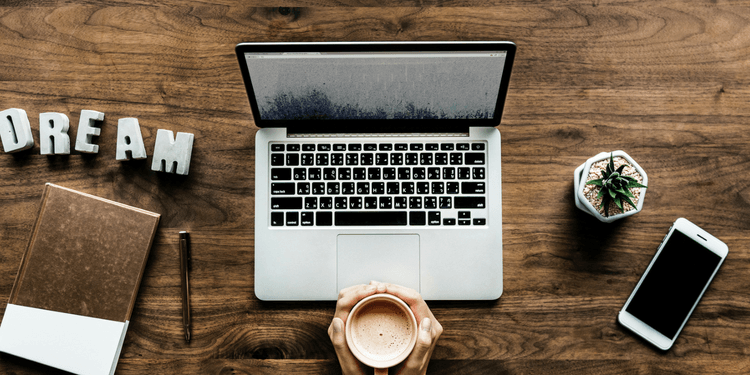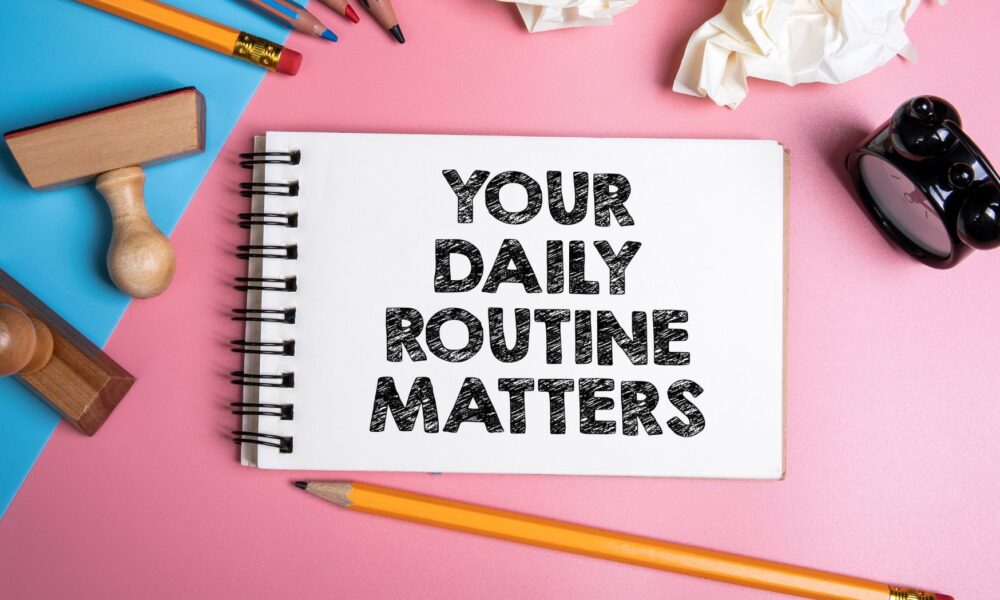Last Updated on May 6, 2025 by Kavya K
Why Routine Matters for Freelancers
Freelancing offers incredible flexibility, freedom, and the ability to design your own work life. However, this freedom comes with its own set of challenges—especially the lack of structure that a traditional job provides. Without a set schedule or workplace, it’s easy for freelancers to fall into inconsistent habits, work at odd hours, skip breaks, or blur the lines between personal and professional life. This is why building a routine is critical for freelancers working from home. A well-structured routine brings balance, increases productivity, and helps maintain mental and physical well-being. It creates a rhythm that supports your work without overwhelming you, and ensures that you meet deadlines, manage multiple clients, and still have time for self-care. Far from being restrictive, a routine can become your best tool for sustainable freelancing success.
Start with a Consistent Wake-Up Time
One of the most important anchors for your daily routine is a consistent wake-up time. Unlike traditional jobs that require you to clock in at a certain hour, freelancing gives you the option to start your day whenever you want. While this may seem like a luxury, irregular wake-up times can lead to disorientation, low energy, and poor productivity. Setting a fixed time to wake up—even if it’s not 6 a.m.—creates a stable starting point for the rest of your day. It signals to your brain that it’s time to transition into work mode and helps regulate your circadian rhythm. A consistent morning routine that follows your wake-up—such as making your bed, showering, having breakfast, and doing a quick meditation or stretch—can prepare your mind and body for a focused, energized workday.
Designate a Dedicated Workspace
Freelancers working from home often make the mistake of working from bed, the couch, or other places associated with relaxation. While this might feel convenient at first, it can quickly erode productivity and concentration. Creating a designated workspace—even if it’s just a corner of your living room—helps you mentally separate work from personal life. When you sit at your desk, your brain recognizes that it’s time to focus. Make your workspace comfortable and inspiring, with good lighting, an ergonomic chair, and minimal distractions. Keep your tools—like your laptop, notepad, chargers, and planner—organized and easily accessible. Having a clear work zone not only boosts efficiency but also helps you step away and “leave work” when the day is done, preserving your work-life boundaries.
Time Block Your Day for Maximum Focus
One of the most effective ways to structure your freelance workday is through time blocking. This means assigning specific hours to specific tasks or types of work. For example, you might block off 9:00 a.m. to 11:00 a.m. for client work, 11:00 a.m. to 12:00 p.m. for emails and admin, 1:00 p.m. to 3:00 p.m. for creative work, and 3:00 p.m. to 4:00 p.m. for client meetings or research. Time blocking not only helps you prioritize tasks but also reduces the mental fatigue that comes from constant multitasking. It encourages deep work by giving you uninterrupted time to focus, and it allows for built-in breaks so you can recharge. Over time, you’ll find the rhythm that works best for you—whether that’s working in short sprints with frequent breaks or longer blocks of focused time followed by rest.
Set Clear Start and End Times for Work
Freelancers often struggle with overworking because there\’s no “clocking out.” When your office is just a few steps away from your bed or kitchen, it’s tempting to keep working late into the evening, answering emails at odd hours, or taking on “just one more” task. While dedication is admirable, this kind of overwork leads to burnout and diminishes the quality of both your personal life and professional output. Establishing a clear end time for your workday is essential. Choose a cutoff time—say 6:00 p.m.—and stick to it. When the clock strikes that hour, close your laptop, tidy up your workspace, and shift into relaxation mode. Having this boundary in place allows you to fully unplug, rest, and come back refreshed the next day. It also reinforces a sense of structure that is otherwise absent in the freelance lifestyle.
Prioritize Tasks with Daily and Weekly Planning
To keep your routine effective and focused, incorporate daily and weekly planning into your workflow. Start your week by identifying your top priorities, deadlines, client meetings, and any personal obligations that might impact your availability. Then break these down into daily to-do lists that align with your time blocks. Use digital tools like Trello, Notion, Google Calendar, or Todoist to stay organized, or stick with a traditional planner if you prefer writing things down. The key is to avoid waking up and wondering, “What should I work on today?” Planning ahead eliminates decision fatigue, keeps you on track with deadlines, and allows you to track progress toward your goals. It also ensures you allocate time for both high-priority tasks and ongoing projects that require consistent attention.
Schedule Regular Breaks to Recharge
Many freelancers fall into the trap of working nonstop for hours, believing it boosts productivity. In reality, long periods of uninterrupted work can lead to fatigue, decreased focus, and lower-quality output. To maintain energy throughout the day, schedule regular breaks—both short and long. The Pomodoro technique, which involves 25 minutes of work followed by a 5-minute break, is a popular method to sustain concentration. You can also try longer blocks like 90 minutes of work followed by a 15-minute break. Use breaks to step away from your screen, stretch, hydrate, take a walk, or engage in something relaxing. Breaks are not wasted time—they are productivity boosters that help you stay mentally and physically balanced. Treating them as non-negotiable parts of your routine will improve both your work and your well-being.
Include Time for Learning and Professional Growth
Freelancing means you\’re not just the worker—you’re also your own manager, marketer, and mentor. To thrive in this dynamic environment, continuous learning should be a part of your routine. Carve out time each week for skill development, whether it’s through online courses, industry podcasts, webinars, or reading articles related to your field. Staying updated on trends, technologies, and strategies relevant to your niche not only enhances your expertise but also boosts your confidence and value to clients. This commitment to growth also gives your day more depth and variation, breaking the monotony and injecting inspiration into your routine. Freelancers who invest in their personal development are more adaptable, in demand, and satisfied with their career trajectory.
Maintain Personal Time and Social Connection
Working from home can sometimes feel isolating, especially when you’re juggling deadlines alone and missing the social dynamics of a traditional workplace. That’s why it’s important to schedule personal time and maintain social connections as part of your routine. Make time for meals with family, calls with friends, or networking with fellow freelancers through online communities and local events. Whether it\’s a weekly coffee date, an online mastermind group, or simply chatting with peers on LinkedIn, nurturing human connections prevents burnout and combats loneliness. Social engagement is not a distraction from your freelance life—it’s a crucial ingredient in staying motivated, mentally healthy, and emotionally fulfilled while working independently.
Adjust and Evolve Your Routine As Needed
The beauty of freelancing is the flexibility to tailor your routine to your lifestyle, preferences, and evolving goals. Unlike rigid schedules, your routine should be a living system that adjusts as needed. Some weeks may be packed with client calls, while others are quieter and more focused on creative work. You might discover you\’re more productive in the early morning or late at night, depending on your natural energy flow. Regularly check in with yourself—what’s working? What feels overwhelming? Make small adjustments to better suit your current workload and personal well-being. The goal is to build a sustainable routine that supports both your professional success and quality of life.










